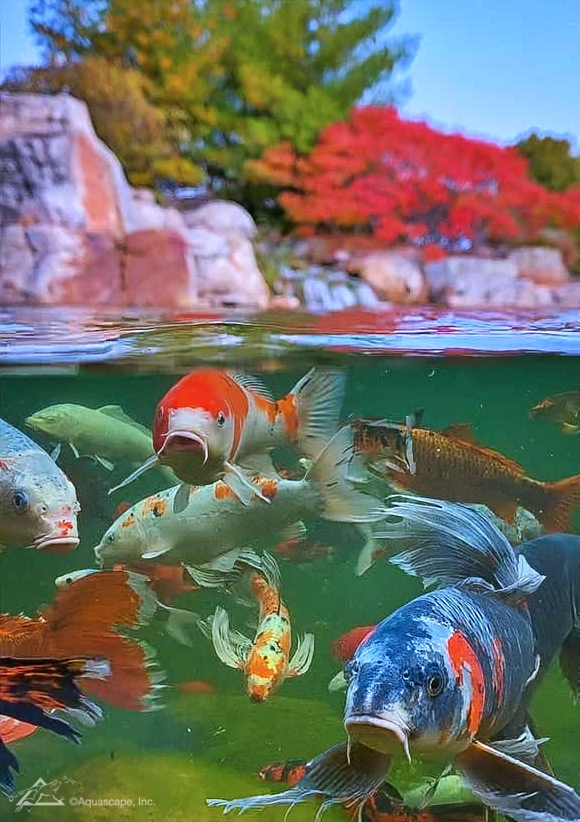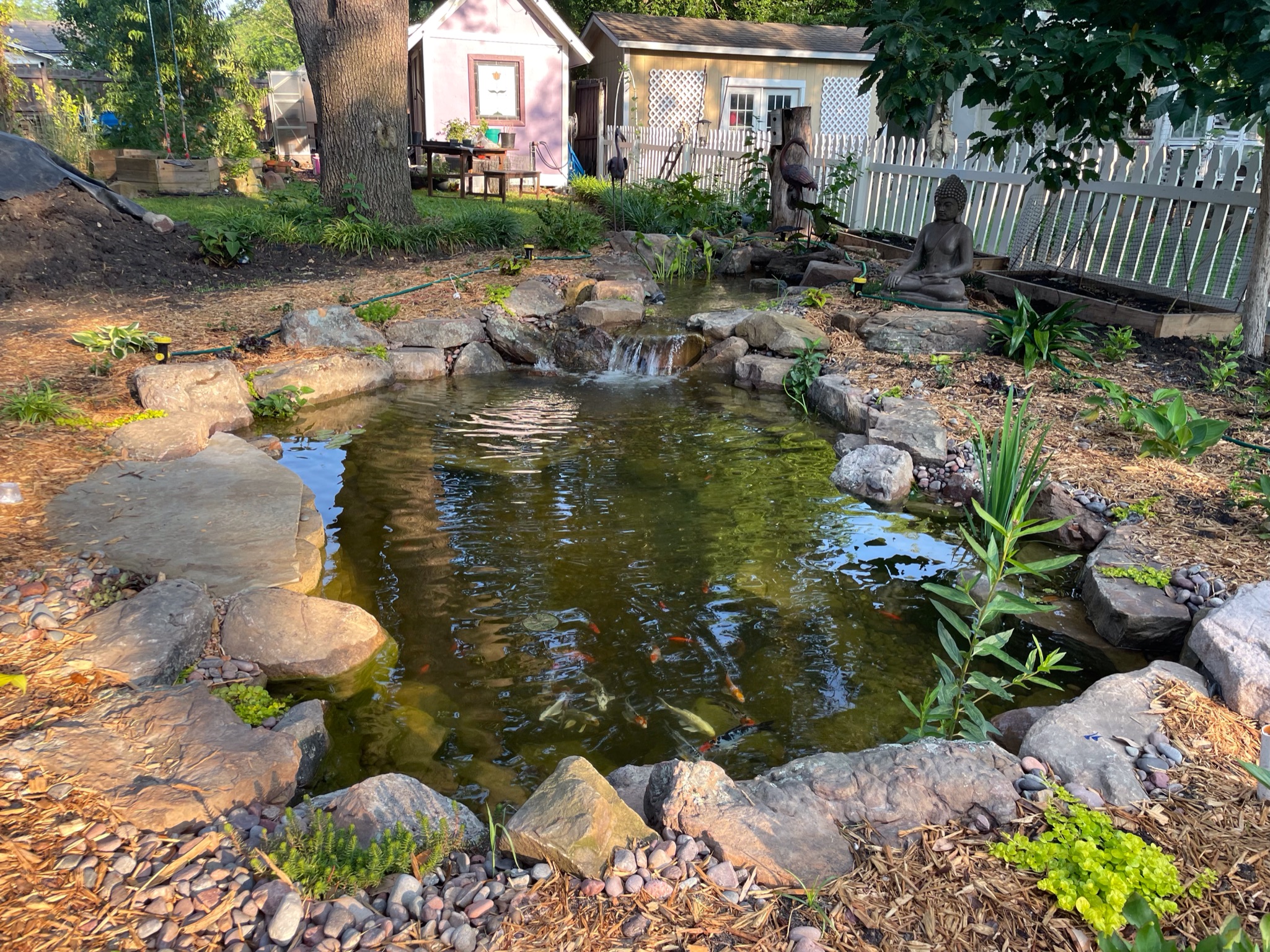A Guide to Understanding Your Dallas Pond Fish
Fish, much like humans, exhibit discernible behaviors, allowing you to understand their well-being. Learning to distinguish between positive and negative fish behaviors empowers you to act promptly, addressing any adverse condition before it escalates.
Let’s first explore the positive behaviors indicating your pond fish are thriving:
- Exploring the pond’s surface, signaling hunger.
- Frequent pectoral fin movements, especially when analyzing the water’s surface.
- Strong appetite.
- Consistent exploration.
- Socializing with other fish and avoiding solitude.
- Body flexing for better visibility.
- Foraging in the pond’s gravel.
When your fish display these behaviors, it’s a sign they are content and in good health. But how about behaviors that deviate from the norm?
Negative fish behavior indicative of distress include:
- Refusal to eat.
- Folding fins tightly.
- Lying at the pond’s base.
- Remaining immobile at the pond’s surface.
- Exhibiting reduced activity or floating idly.
- Exhibiting scratching or flashing.
Witnessing these behaviors warrants immediate attention. Here’s how to interpret and address these signs:
Loss of Appetite
When fish are indifferent to food or outright refuse to eat, consider evaluating water quality, particularly during peak summer months. Poor oxygenation in warm water or imbalanced nitrogen levels are common culprits. Introduce an aerator to enhance oxygen levels and conduct water tests to detect nitrate imbalance. Consider parasite infestations when water quality is optimal.
Fish Behavior: Clamped Fins
Fins held closely to the body symbolize discomfort, often attributed to water quality or parasitic infections. Start with a thorough water quality check, and if it’s satisfactory, seek parasite treatment solutions.
Lying at the Bottom
Fish resting at the pond’s bottom often signals high water temperature, elevated nitrate levels, or diminished oxygen levels. Initiate water tests and consider parasites if water conditions are stable.
Stiff Swimming with Folded Fins
This fish behavior typically denotes an advanced stage of discomfort, potentially a progressing parasitic infestation or bacterial infection. Start with water quality assessments and consider parasitic evaluations if water conditions are not problematic.
Piping at the Pond Surface
Gasping fish at the pond’s surface is a strong indicator of low oxygen levels or gill damage. Introduce an aerator and, if the behavior persists, assess for parasitic infections.
Fish Behavior: Reduced Activity or Idle Floating
While this is not an outright sign of illness, monitor oxygen levels, especially in warmer water with minimal water movement. Installing an aerator typically resolves this issue within hours.
Frequent Flashing
Occasional flashing or scratching is not alarming, but when it becomes a frequent sight, inspect the pond’s pH level or look for parasites.
By understanding and recognizing the various behaviors of your pond fish, you can swiftly address and rectify any issue, ensuring a harmonious, healthy habitat for your aquatic friends. Contact us for more information.






